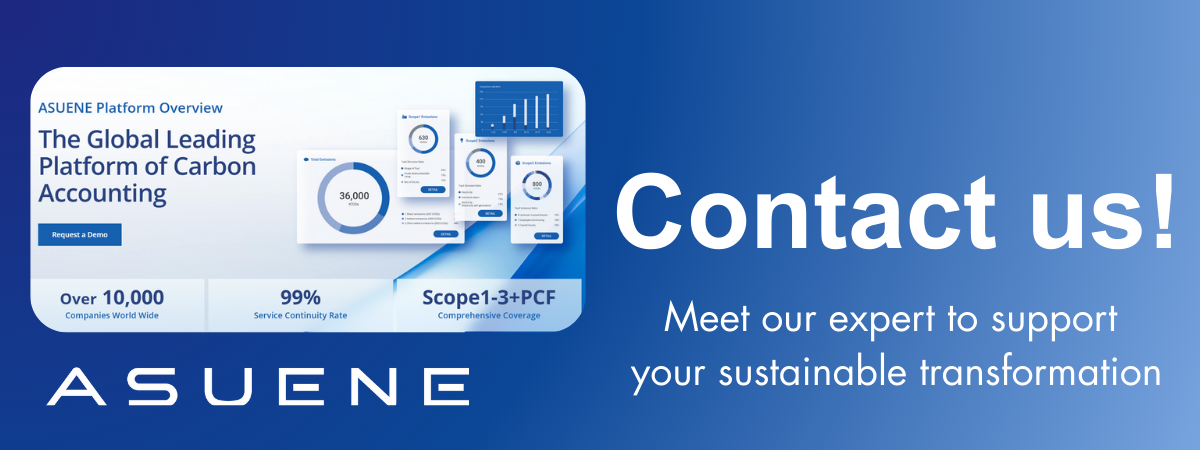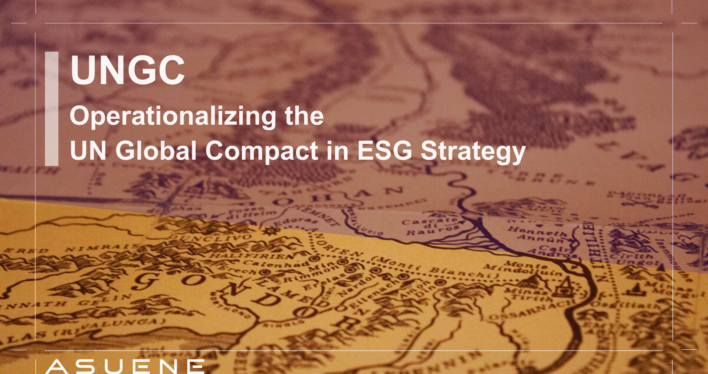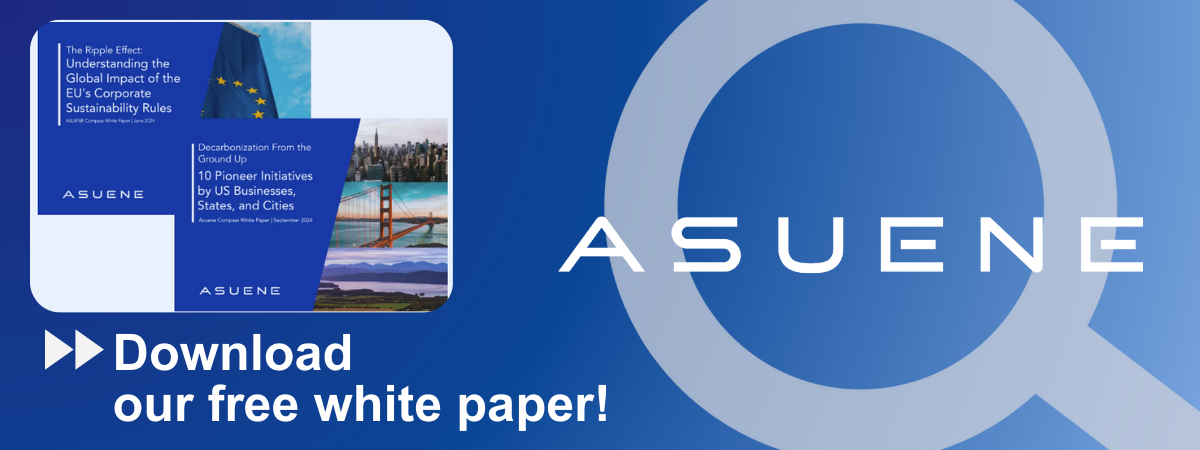- Article Summary
-
The United Nations Global Compact (UNGC) is the world’s largest voluntary corporate sustainability initiative, with over 20,000 participating organizations across 160 countries. Built around 10 universally accepted principles in the areas of human rights, labor, environment, and anti-corruption, the UNGC provides a foundational ethical framework for businesses striving to align profit with purpose.
But moving from pledge to performance remains a challenge. This article explores how companies can operationalize the UNGC principles in their ESG strategies, embed them into corporate governance, and create measurable impact. By linking the Global Compact with ESG frameworks like CSRD, GRI, SDGs, and ISO standards, businesses can bridge the gap between global ideals and corporate action.
The UNGC Framework: Principles and Strategic Integration
The 10 principles of the UNGC are grouped into four domains:
- Human Rights: Support and respect for international human rights; avoid complicity in abuses.
- Labor: Uphold freedom of association, eliminate forced/child labor, support non-discrimination.
- Environment: Adopt a precautionary approach, promote greater environmental responsibility, encourage clean technologies.
- Anti-Corruption: Work against corruption in all its forms, including extortion and bribery.
These principles are aspirational, but they are not abstract. They can and should be mapped directly to operational ESG priorities:
- Human rights = supply chain due diligence, stakeholder consultations, human rights impact assessments (HRIA).
- Labor = DEI metrics, workplace safety, collective bargaining frameworks, gender pay equity.
- Environment = science-based climate targets, water risk management, circular economy programs.
- Anti-corruption = whistleblower protections, internal audits, board oversight mechanisms.

Table: UNGC Principles and Related ESG Metrics
| UNGC Domain | Principle Example | Related ESG Metric |
|---|---|---|
| Human Rights | Avoid complicity in human rights abuses | % of suppliers audited for human rights |
| Labor | Eliminate child labor | % of sites certified for fair labor practices |
| Environment | Promote clean technologies | Scope 1/2/3 GHG emissions, % of renewable energy |
| Anti-Corruption | Zero tolerance for corruption | Number of ethics training completions, hotline cases |
Aligning UNGC with ESG Disclosure Frameworks
To bring the UNGC principles to life, companies are embedding them into reporting and assurance frameworks:
- GRI Standards: Comprehensive thematic coverage with clear linkages to UNGC domains.
- EU CSRD: Mandatory disclosures related to labor practices, human rights, anti-corruption, and governance.
- SDGs: Many UNGC participants map their contributions directly to the 17 Sustainable Development Goals.
- ISO 26000: A voluntary guidance standard on social responsibility that aligns well with UNGC commitments.
The Communication on Progress (CoP) is the primary mechanism for UNGC companies to report on their progress annually. Since 2023, the CoP has adopted a standardized digital questionnaire format with both qualitative and quantitative indicators, enabling structured benchmarking across regions and sectors. This has increased transparency and made the UNGC more compatible with investor expectations.
Graph: Number of Companies Submitting UNGC CoP Reports (2018–2024)
(Graph would show steady growth trend from ~9,000 in 2018 to ~17,000 in 2024)
Case Studies: Operationalizing UNGC Principles
- Nestlé: Conducted human rights impact assessments across 12 countries, including Vietnam, Brazil, and Ivory Coast. It used UNGC principles as a baseline for stakeholder interviews and site-level due diligence, leading to revisions in supplier codes and grievance mechanisms.
- L’Oréal: Integrated labor rights and anti-discrimination goals into their sustainability roadmap, including specific KPIs on gender parity in leadership roles and inclusive product development.
- Siemens: Established an internal compliance committee with oversight for anti-corruption measures aligned with UNGC Principle 10. The company includes whistleblower metrics and corruption risk assessments in its annual ESG disclosure.
- Banco Santander: Created a supplier engagement program to monitor labor conditions, tying contract renewals to third-party audit scores. This program was explicitly built on UNGC labor principles.
These examples show that implementation is not one-size-fits-all. Instead, it requires localization, executive commitment, and integration with enterprise risk management.
Building a Culture Around the UNGC
A successful UNGC strategy is not confined to sustainability departments. It must permeate the entire organizational culture:
- Board-level engagement: Align executive compensation and oversight with ESG and UNGC goals.
- Training programs: Mandatory training on human rights, anti-bribery, and sustainability for employees.
- Stakeholder dialogue: Regular engagement with labor unions, local communities, and civil society groups.
- Cross-functional ownership: ESG KPIs distributed across finance, HR, procurement, and operations.
Additionally, companies are linking their UNGC work with external assurance and certification programs (e.g., B Corp, Fairtrade, Rainforest Alliance) to enhance credibility and traceability.
Conclusion
The UN Global Compact offers a universal foundation for ethical business conduct. But its real value lies in execution. By integrating UNGC principles with ESG standards and embedding them into the operating fabric of the company, businesses can move from aspiration to action.
In doing so, they generate measurable impacts for people and planet—while enhancing resilience, innovation, and trust. Through structured disclosures, transparent governance, and principled leadership, companies can operationalize the UNGC not as a symbolic gesture, but as a strategic compass for long-term success in a changing global economy.
Why Work with ASUENE Inc.?
Asuene is a key player in carbon accounting, offering a comprehensive platform that measures, reduces, and reports emissions, including Scope 1-3, with expertise in decarbonization. Asuene serves over 10,000 clients worldwide, providing an all-in-one solution that integrates GHG accounting, ESG supply chain management, a Carbon Credit exchange platform, and third-party verification.
ASUENE supports companies in achieving net-zero goals through advanced technology, consulting services, and an extensive network.


